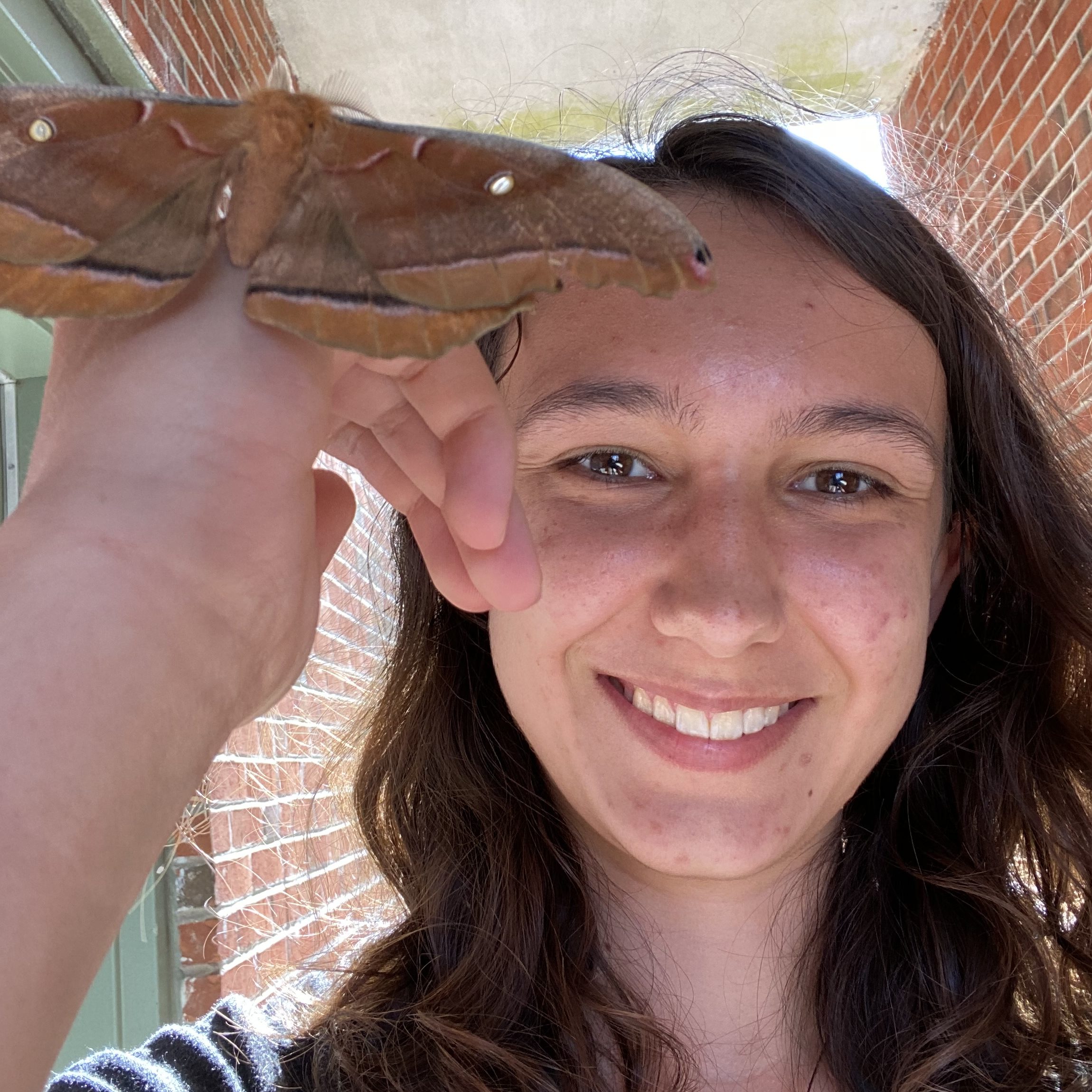
Christmas and Kwanzaa are almost upon us! Whatever you celebrate, I hope you have an awesome holiday, and I want to thank you for pausing the festivities to read about blue crabs.
I get why blue crabs are called “blue” with their bright blue pincers and all, but they’re definitely more green than blue if you take their entire shell into account. I guess they do have bright blue legs, but it’s not their only color, especially if you count the red on the claws of females. Red and green… shall we call them… Christmas crabs…?
These festive crustaceans and I go way back. In fact, one of the first crabs I ever saw was a blue crab. I’ve mentioned in a previous post how there’s this point on the beach where my family and I vacation in the summer that’s surrounded by large tidepool-forming rocks, and that’s where about 90% of all blue crabs I’ve encountered have come from. On a good day I’ll spot seven or eight crabs in five minutes there, and even on a bad day I can usually find one or two if I wait long enough.
Arthropods of all shapes and sizes fascinate me, but I’ve always had a soft spot for crustaceans (if you couldn’t tell by all my lobster references). So, whenever I find a blue crab hiding amongst those rocks, I scoop it up in my elaborately crafted fishing net (kidding, it’s a plastic one from a tourist shop) and plop it in a bucket of water to show my family before shortly returning it to its home. I’m not a crabber at heart – I’d rather just admire them for a bit and then let them go back to their habitat. Plus, crab meat has never been a favorite food of mine.
If you happen to run into a blue crab the next time you’re at the beach, the third thing you’ll notice after its vibrant colors and menacing pincers are its flat hind feet. These appendages act as paddles that help the animal swim with surprising speed and maneuverability, earning them the scientific name Callinectes sapidus, or literally “beautiful savory swimmer.” Their swimming abilities are part of what make blue crabs successful predators – besides the fancy pincers, of course. Blue crabs are like the raccoons of the littoral zone in that they’ll eat basically anything they can get their claws on: mollusks, dead fish, plants, even insects and other crabs.
As voracious as these colorful crabs are, they’re definitely not at the top of the food chain. Earning the “savory” part of their name, Callinectes sapidus is a beloved entrée of large fish, sharks, seashore birds, people (in case you thought the sharks named them), and even sea turtles.
…Okay, what is it with sea turtles? It’s like they want to prove that they’re tough by only eating things that cause pain. Jellyfish? Sure, our beaks are too tough to feel those nematocysts. Sponges? Yeah, we can handle some poriferan toxin. Crabs? Of course, those pincers don’t bother us! I guess humans enjoy the taste of blue crabs as well, but sponges and jellyfish? Sea turtles are just crazy. Nice to have around though, they’re like the dragonflies of the ocean – land dragonflies eat pesky mosquitoes, sea dragonflies eat pesky jellyfish.
Cute, crazy and protecting us from jellyfish stings. They truly are wonders of the sea.
All right, back to the arthropod at hand: while sea turtles are mostly endangered species, blue crabs are doing just fine. In fact, they may be doing too fine – while their numbers are large but not overwhelming along the eastern coast of the United States, making them an economic staple in terms of fisheries, they’ve become invasive in the Mediterranean Sea. Fortunately these crustaceans are “savory” there as well, so the problem is being dealt with by putting blue crabs on the menu.
While blue crabs don’t metamorphize in the same way some of our other arthropod friends, they do go through several different stages on the journey from egg to adulthood. When a blue crab larva first hatches, it is called a zoea and spends some time as a member of the ocean’s vast community of nektonic plankton. After growing and drifting into an estuary or other brackish habitat, the zoea becomes a megalops, which may be my new favorite word. A megalops basically looks like the baby of a lobster and a crab, with a little tail and everything, but over time it will grow into the Christmas crab we all know and love.
Wherever you are, whatever you celebrate, I hope that you have a wonderful holiday season. Enjoy the Christmas lights, savor that great holiday food, watch seasonal movies to your heart’s content and, if you live in the Southern U.S. like me, cross your fingers for some snow.
